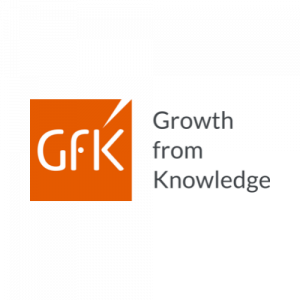
Content Menu
How to Measure the ROI of Employee Upskilling Programs
Measuring the ROI of employee upskilling programs is essential for understanding the effectiveness of your training initiatives and justifying the investment. By quantifying the impact of your upskilling programme, you can ensure that it contributes to both individual and business growth. Here’s our top tips for employers wanting to build the business case by showcasing ROI.
Define Clear Objectives
Before measuring ROI, it’s important to establish clear objectives for your employee upskilling programme. These objectives could include improving productivity, reducing turnover, closing skills gaps, or increasing employee engagement. By defining what success looks like, you can ensure that your programme is focused and measurable.
Track Performance Improvements
One of the most direct ways to measure the ROI of employee upskilling programs is by tracking performance improvements. Evaluate key performance indicators (KPIs) that align with your programme’s goals:
- Productivity: Measure whether employees are completing tasks more efficiently or delivering higher-quality work after undergoing upskilling.
- Quality of Work: Assess whether upskilled employees are producing better results, with fewer errors or more innovative solutions.
- Time-to-Competency: Track how quickly employees reach competency in their new skills, enabling them to take on new responsibilities or roles more effectively.
Evaluate the Financial Impact
To calculate the financial ROI of employee upskilling, look at both direct and indirect financial benefits:
- Cost Savings: Consider whether upskilling reduces the need for external recruitment by filling roles internally, which can lower hiring and onboarding costs.
- Revenue Growth: For many organisations, a skilled workforce directly impacts revenue growth through improved sales, customer service, or efficiency.
- Reduced Errors or Downtime: Skilled employees are less likely to make costly mistakes, which can reduce operational disruptions and improve profitability.
Assess Training Costs
In order to accurately measure the ROI of employee upskilling, it’s crucial to evaluate the total investment in the programme. Consider:
- Direct Costs: This includes the cost of the training itself, such as course fees, materials, and any technology used.
- Indirect Costs: Factor in time spent by employees on training, especially if it involves taking time away from regular duties. Also, include any administrative costs related to running the programme.
By comparing the investment with the performance improvements, you can calculate whether the benefits of employee upskilling outweigh the costs.
Use Employee Feedback
Collecting qualitative data from employees can also provide insights into the effectiveness of employee upskilling programmes. Use surveys, interviews, or focus groups to assess how upskilling has impacted employees’ confidence, career satisfaction, and their perceived value to the company. Positive feedback on career growth opportunities is often a sign that the programme is meeting both organisational and individual needs.
Compare with Industry Benchmarks
To give context to your results, compare the outcomes of employee upskilling programmes with industry benchmarks or similar organisations. Are your employees performing at or above industry standards? Do your employee upskilling initiatives align with current industry trends and help maintain a competitive edge?
CALCULATE THE ROI
Once you have gathered the necessary data, you can calculate the ROI of employee upskilling programs using the following formula:

- Net Benefit from Upskilling is the total gains (such as improved productivity, reduced turnover, etc.) minus the costs of the upskilling programme.
- Total Investment includes all costs related to the programme, including training fees and time spent by employees on the course.
Conclusion
Measuring the ROI of employee upskilling helps organisations understand the real impact of their training programmes. By tracking performance improvements, employee engagement, financial benefits, and overall costs, you can gauge the success of your initiatives. Regularly evaluating the effectiveness of your employee upskilling programmes ensures they remain aligned with both business goals and employee needs, ultimately leading to a more skilled, engaged, and productive workforce.



















